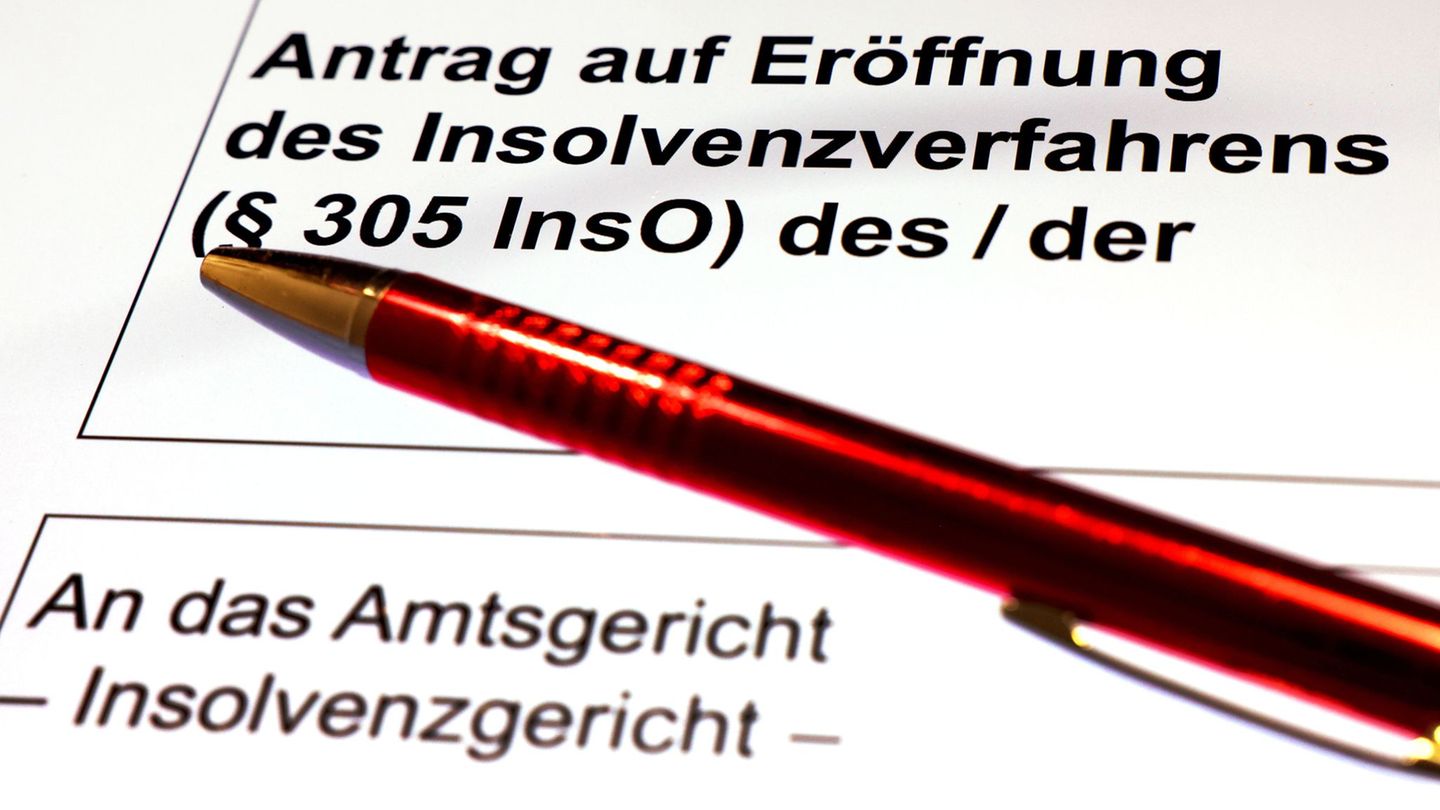The wholesale exchange rate climbed 4% (+$ 54) this Monday to $ 1,409, the price closest to the band’s roof (today at $ 1,470)since the beginning of this exchange rate regime, back in April. While market sources assured that on Monday the treasure did not intervene, it is estimated that in the previous four days of official participation the portfolio led by Luis Caputo lost about US $ 500 million to contain the climbing of the currency.
Treasury dollars do not reach
Therefore, his Deposits in dollars backed Au $ 1,126 million. At this daily sales rate, In barely eleven wheels those resources would be finishedtherefore, if the government wanted to sustain the exchange strategy, it should start using the dollars of the International Monetary Fund (IMF) that are in the monetary authority.
The panorama is even more challenging if the public debt commitments in the next two months are taken into account. “According to official data, Until October 26, the Treasury faces maturities with international organizations for US $ 1,165 million. If we think of the Treasury as a separate entity from the BCRA, unless the Ministry of Economy receives in these two months new disbursements, the capacity of the Treasury to continue selling dollars is extremely limited, ”said consultant 1816 in a report.
Have the gap at zero does not go free
The dollar supply problem has a high demand of American currency. Since the flexibility of the stocks for “human people”, the net purchase reached US $ 1430 million to July; Of that total, 62% corresponded to purchases for treasury or for the payment of consumption abroad by credit card, while the remaining 38% was due to operations against accounts abroad.
This last point is relevant since it implies an operation that supplies the demand for dollars in the CCL and allows the gap to hold with the officer in percentages close to zero. “In many cases these currencies are used to pay debt or make payments outside companies that legally operate outside the official market. The elimination of the stocks left an open channel so that those who demand currencies in the financial market are achieved to a change rate similar to the officer. Keeping the gap at 0% has a high cost in terms of currency demand”, The PXQ consultant’s office.
Within that framework, the entity warns that the Government will be faced with serious difficulties in defending the roof of the band, “since the price of the parallel dollar does not work as a adjustment valve.” “In a running situation, The US $ 14,000 million of the IMF so not only must face the lawye in the officer, but also the free demand in the parallel”He said.
To solve this “filtration” of the stocks, Claudio Capraulodirector of the Analytica consultancy, explained in dialogue with the scope that the Government can implement some regulations that limit that “rulo”. “This would rise the price of the CCL but can reduce the savings dollar demand; it is on that trace off that you must choose,” he added.
Image
Dollar and exchange strategy: the government must choose which costs to face
Given the aforementioned, specialists discuss the sustainability of the current exchange scheme. “They can reach October. The risk is that they have to use the IMF dollars and we start seeing a Fall of reservations to contain the exchange rate on the band’s roof”, He said Pedro Martínez GerberPXQ economist.
With a somewhat similar look, Federico MachadoOpen economist, see that with what the Caputo team “contributed by the background” can defend the roof very well until October but with serious consequences for later“
According to 1816, the BCRA has approximately U $20,000 million of liquid reserves To defend the band’s roof. “The big question that will all be asked in the market is how many currencies the government will be arranged to sell from here to the October elections“, the consultant stressed, in a context in which Minister Caputo’s first response after the electoral defeat was that” nothing will change in the economic. “
“Could they let float without defending any level? It cannot be ruled out at all, but would imply a significant change for a economic team that in these two months reflected not feeling comfortable with this level of the exchange rate“He added.
As for the possibilities of a new hardening of exchange restrictions, Pablo Moldovandirector of the periphery center, does not see it as something feasible, although he clarified that “change controls are not binary.” “This government applied restrictions to import payments. In a very difficult context I do not rule out measures that restrict other demand factors“He explained.
Meanwhile, From the Bolsa Sociedad Adcap they see the dollar very likely to touch the roof of the band and that that could generate a turning point since “the government could consider reintroducing the stocks”. “Abandoning the bands looks unlikely, since politics remains anchored in a scheme focused first and foremost to lower inflation. However, the demand for weights is in historical minimums. The main risk in this context becomes the financing of the treasure,” they deepened.
In summary, all roads have aspects that can help the government but, at the same time, some type of negative cost. The maintenance of the current scheme could keep the price of the dollar at bay, and thus disinflation, but would imply the loss of reservations and complicate future debt payments. The modification of the scheme, either with broader or free flotation bands, would reduce the loss of reserves and improve the competitiveness of the exchange rate, but could add more firewood to the fire of financial instability and would have a worse impact on inflation. Finally, greater exchange restrictions would avoid pressures on the value of the dollar, perhaps without spending so many reserves, but could bring unwanted rigs consequences in political credibility and financial markets.
Source: Ambito




